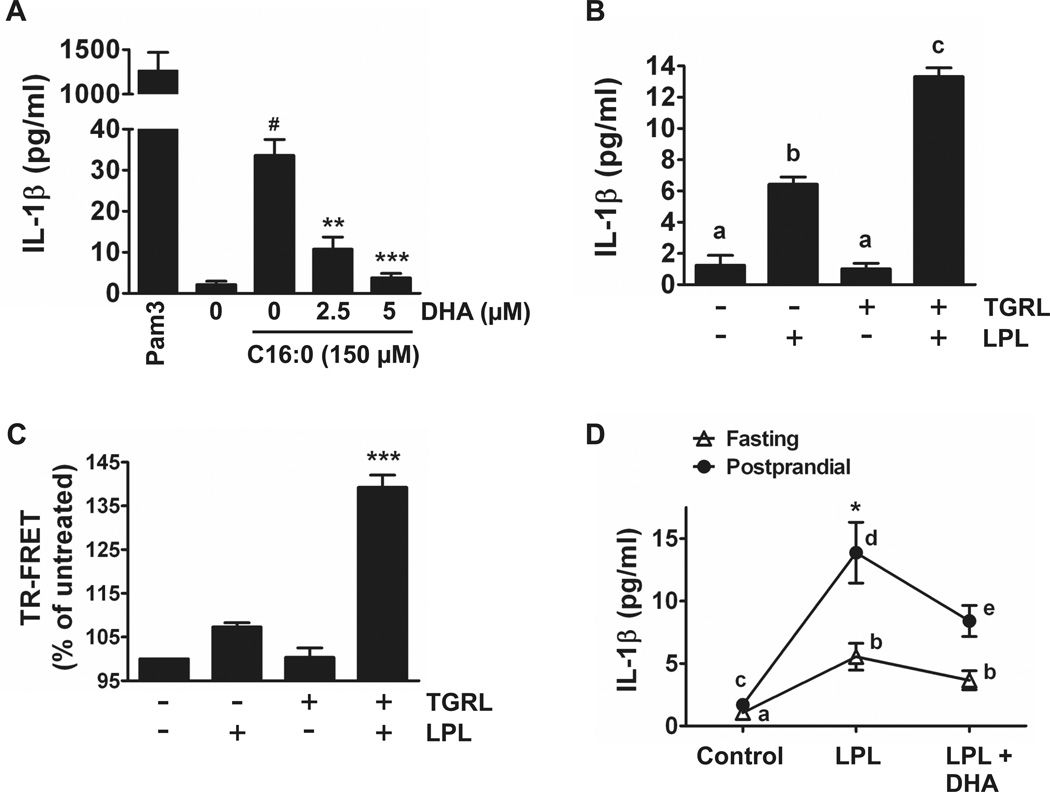Figure 8. Palmitic acid and endogenous fatty acids derived from the lipolysis products of triglyceride-rich lipoproteins (TGRL) induce but DHA inhibits IL-1β production in human blood monocytes or whole blood.
(A) Primary monocytes cultured in 0.25% HI-FBS-RPMI-1640 were incubated with or without DHA for one hour then treated with C16:0 (150 µM) for 24 hours. Cell culture supernatants were analyzed for IL-1β by ELISA. Data are expressed as mean ± SEM of three independent experiments. Significance was determined by ANOVA (#P < 0.001 significantly different from untreated, **P < 0.01, ***P < 0.001 significantly different from C16:0). Pam3 (50 ng/ml) was used as a positive control. (B) Primary monocytes cultured in 2% HI-FBS-RPMI-1640 were treated with LPL-, TGRL-, or LPL + TGRL-conditioned media for 24 hours and supernatants were analyzed for IL-1β by ELISA. Bars not sharing a common superscript are significantly different (P < 0.05) as determined by ANOVA. (C) THP-1 cells were serum starved in 0.25% FBS-RPMI-1640 for 12 hours with fluorophore-labeled TLR2 and TLR1 antibodies then treated with LPL-, TGRL-, or LPL + TGRL-conditioned media for 10 minutes. TR-FRET data are presented as mean percentages of untreated cells ± SEM and were calculated from four independent experiments. Significance was determined by ANOVA (***P < 0.001 significantly different from all treatments). (D) Fasting and postprandial whole blood was incubated with DHA (10 µM) for 1 hour then treated with LPL for 24 hours. Supernatants were analyzed for IL-1β by ELISA. Data are presented as mean ± SEM. Two-way repeated measures ANOVA was performed to test for the effects of metabolic state, treatment, and metabolic state x treatment. There was a significant effect of metabolic state (P = 0.0001), treatment (P = 0.0002), and metabolic state x treatment (P = 0.0079). Means for each of the 3 treatments were compared by Bonferroni posttests. Fasting LPL was significantly different from postprandial LPL (*P < 0.001). Within each metabolic state, points with different superscripts are significantly different (P < 0.05), n = 12 for fasting and n = 15 for postprandial.

